The samples collected by China's Chang'e 6 lunar mission from the far side of the moon have been delivered to the reentry capsule that will later take them to Earth, according to the China National Space Administration.
After flying in a lunar orbit for about 56 hours, the sample-loaded ascender of the Chang'e 6 probe docked with the orbiter-reentry capsule combination at 2:48 pm, and transferred a sealed container holding the precious lunar samples, according to the administration.
The operation was the second automated rendezvous and docking of any spacecraft in lunar orbit. The first was made during the Chang'e 5 mission in December 2020.
The administration said that before the docking, the ascender carried out 4 orbital adjustment maneuvers.
The ascender will next depart from the orbiter-reentry capsule combination, and the combination will continue orbiting the moon before ground control gives it the order to leave lunar orbit and return to Earth.
After entering Earth's orbit, the pair will separate and the reentry capsule will conduct a series of complicated maneuvers to return to a preset landing site in North China's Inner Mongolia autonomous region in late June.
As one of the world's most notable space missions this year, the Chang'e is an unprecedented endeavor aimed at retrieving samples from the far side of the moon for scientific studies.
So far, all of the lunar substances on Earth have been collected from the near side of the moon by the United States' six Apollo manned landings, the former Soviet Union's three Luna robotic missions as well as China's Chang'e 5 unmanned mission.
The landscapes and physical characteristics of the far side of the moon, which permanently faces away from the Earth, are very different from those of the near side that is visible, according to scientists.
So analyzing far-side samples will help to better understand the history of the moon and the solar system, they said.
The 8.35-metric-ton Chang'e 6 spacecraft, which consists of an orbiter, a lander, an ascender and a reentry capsule, was launched by a Long March 5 heavy-lift carrier rocket on May 3 from the Wenchang Space Launch Center in Hainan province. It entered lunar orbit on May 8.
After a host of sophisticated procedures, the lander touched down at the South Pole–Aitken basin, one of the largest known impact craters in the solar system, on Sunday morning.
During the 49-hour surface operation that lasted through Sunday morning to Tuesday morning, collection devices — a mechanical arm and a drill — were used to collect surface and underground materials that were then placed into a special container on the ascender.
Meanwhile, several scientific apparatus were activated to conduct survey and analysis assignments.
After the tasks were completed, the ascender lifted off from the lunar surface and entered lunar orbit on Tuesday morning.












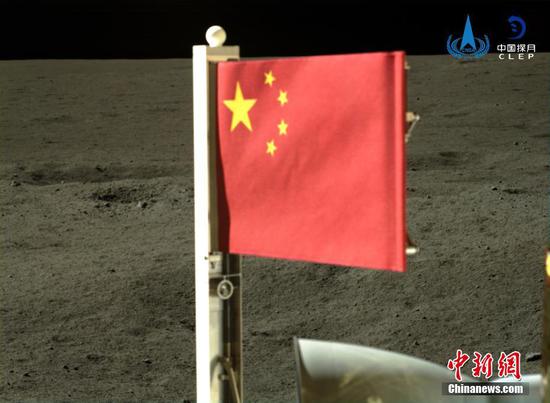

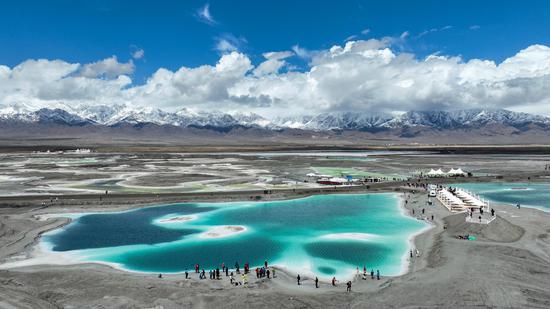
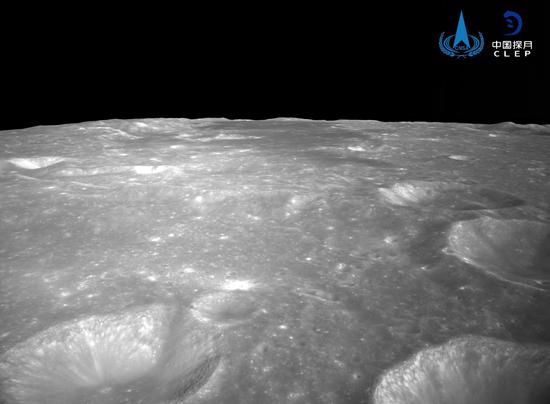
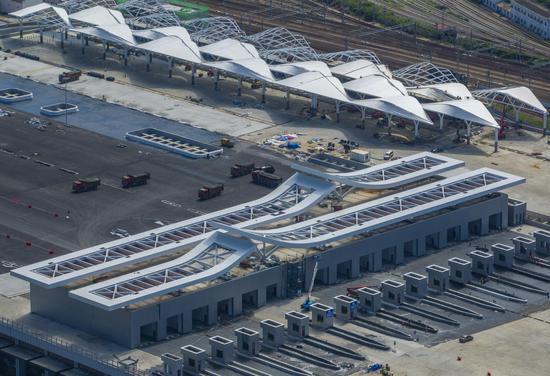


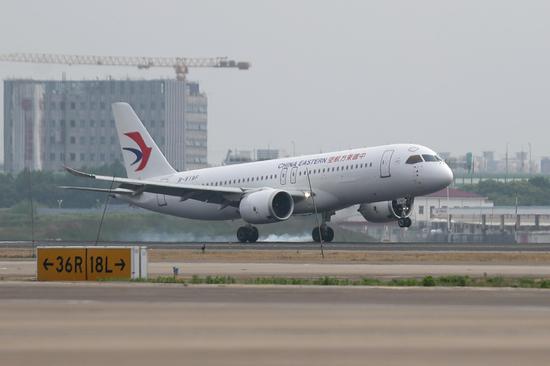


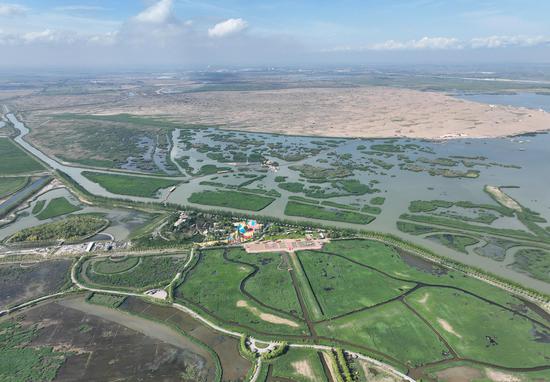
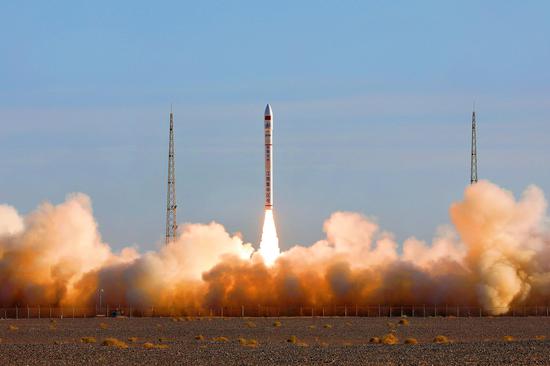




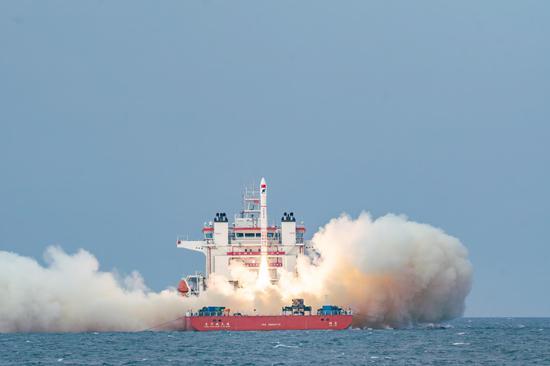


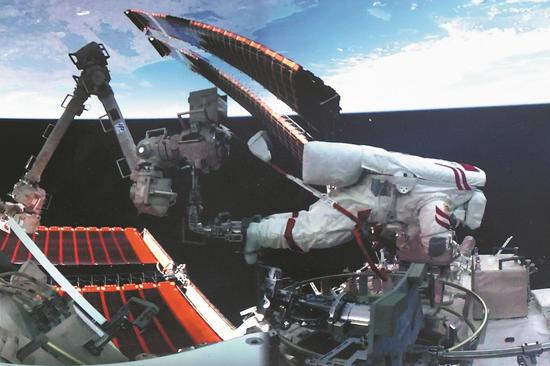





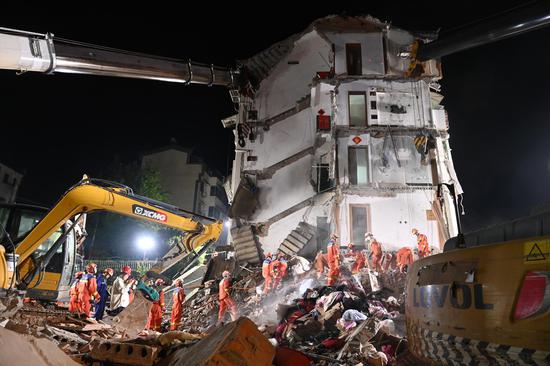
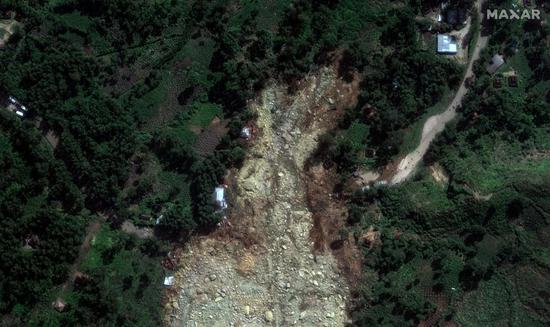











 京公网安备 11010202009201号
京公网安备 11010202009201号